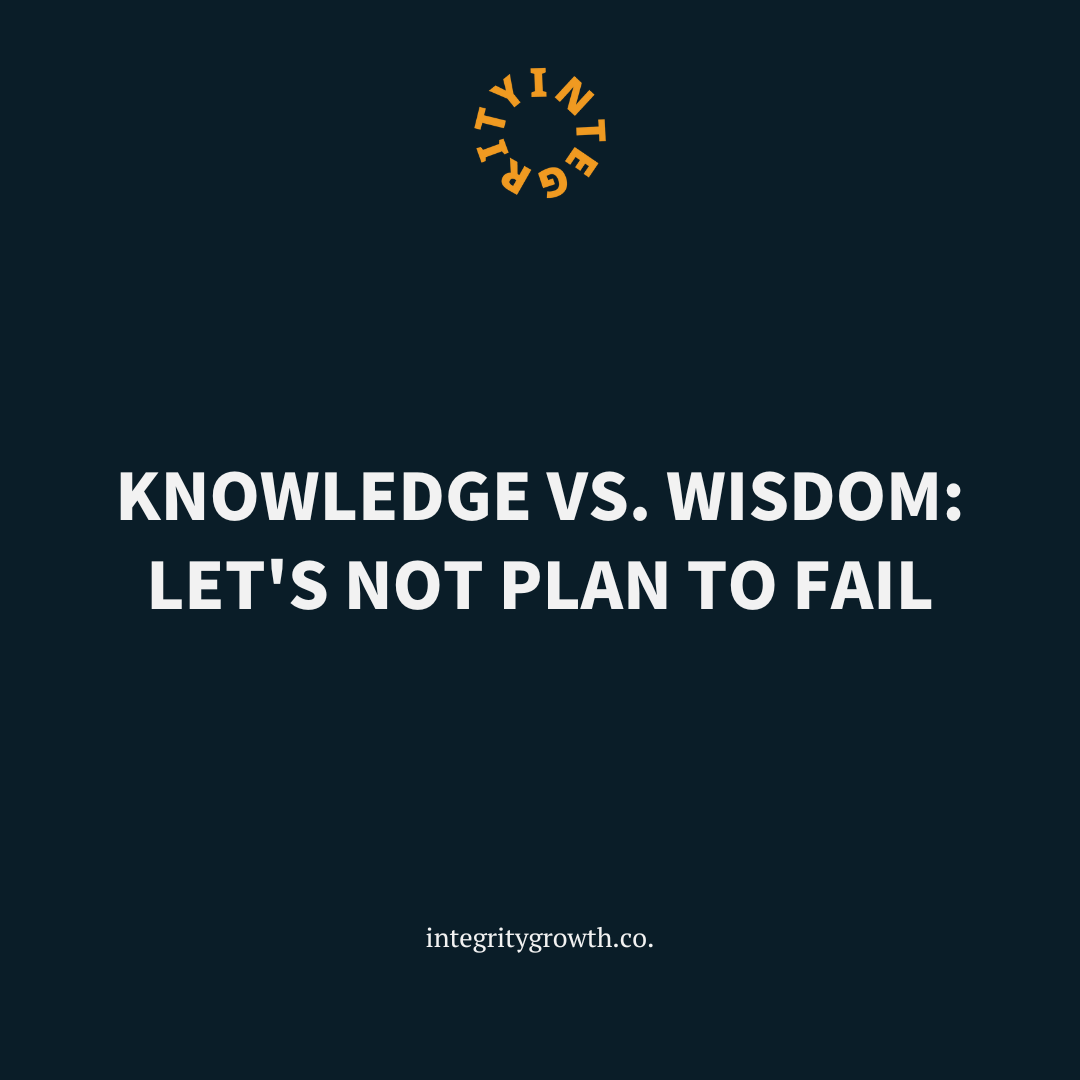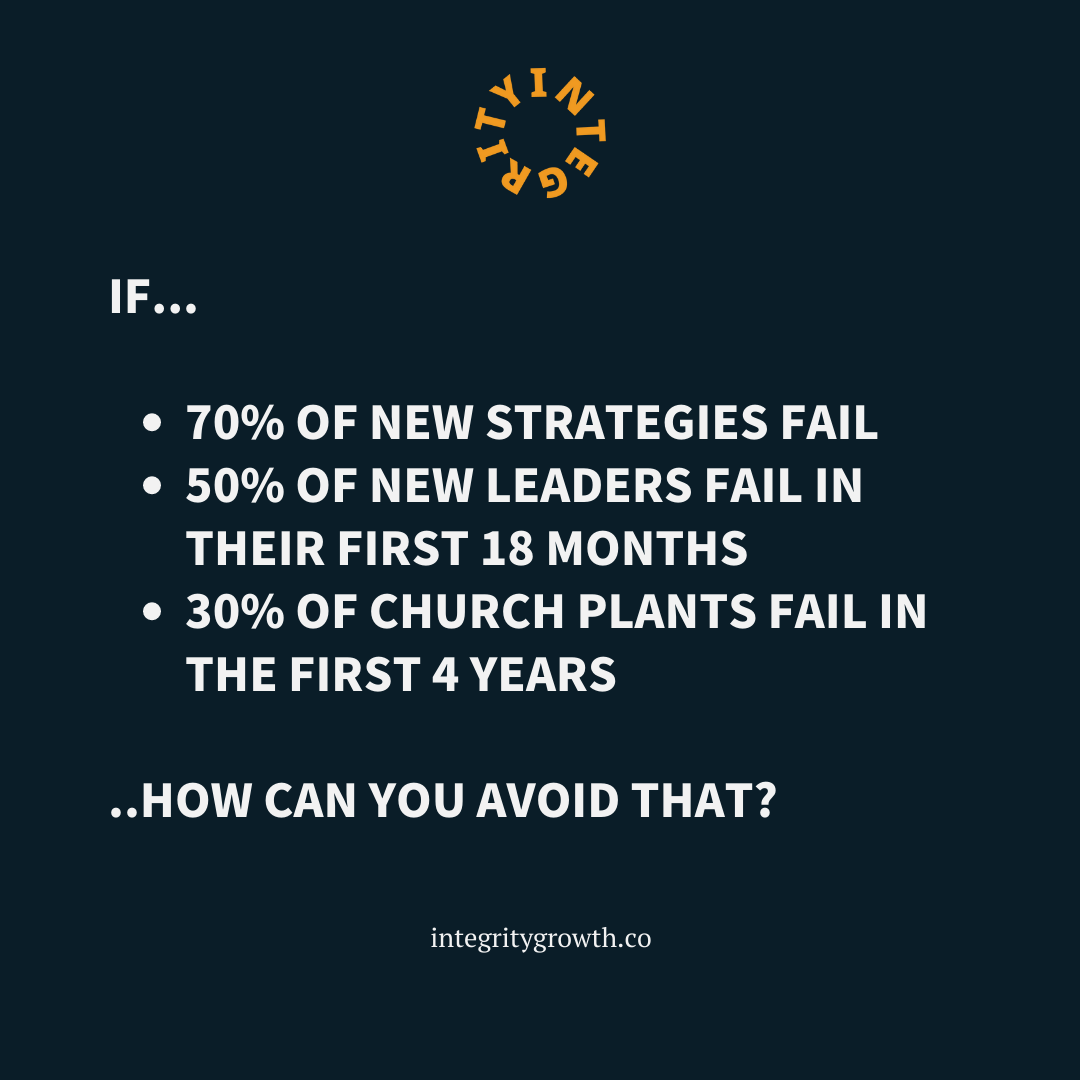Help Your Team Know Where They Are
Feeling lost is a problem.
I’m old enough to remember needing to use my Thomas Brother’s Guide to drive 1.5 hours away to my first real job in the valley north of Los Angeles. No app, no GPS, no turn-by-turn directions, just square grids, an index of street names, and AM radio traffic reports every 10 minutes. Compared to the tools available to us now, navigating then felt like an exercise from SERE school.
If you’re a Type A person this may resonate with you, but my favorite aspect of driving direction apps is the feature that tells you how much time is left and how much further there is to go until your destination. (That may or may not turn into a regular competition to beat the initial time estimate the app gives me).
The point of this piece is that to endure and navigate a long journey, particularly in a crisis, we need to know the distance and time to our destination.
Does your team know where they are in the context of where you are leading them?
USE PHASES INSTEAD OF TIMELINES
Whether you use, Andy Crouch’s “blizzard, winter, ice age” paradigm or another like it, you should be giving your team clear, helpful expectations for their location and role in this crisis. I’ve been starting to using nautical pictures for my team — being a boat in the harbor, then the bay, and finally back at sea.
Yes, there are many uncertainties and complexities but you can still lead your people with phases that can adjust based on new information.
Phases are adaptable, timelines are rigid.
WHAT IS AT STAKE?
If you don’t lead your people with clear expectations and direction, they will likely feel lost, alone, anxious, even suspicious (wouldn’t you?). They will suffer personally from the lack of direction which will then cause their work to suffer.
Buckling down or forging ahead without giving context to those who depend on your leadership is self-sabotage.
By contrast, giving your team an understanding of where they are in the crisis will bring simplicity and clarity in the midst of complexity and uncertainty. Doing that will build resilience and empower them to do great work despite the circumstances
Act on it: What descriptive phases can you use in planning and communication with your team? What do you need to do to implement them now?



